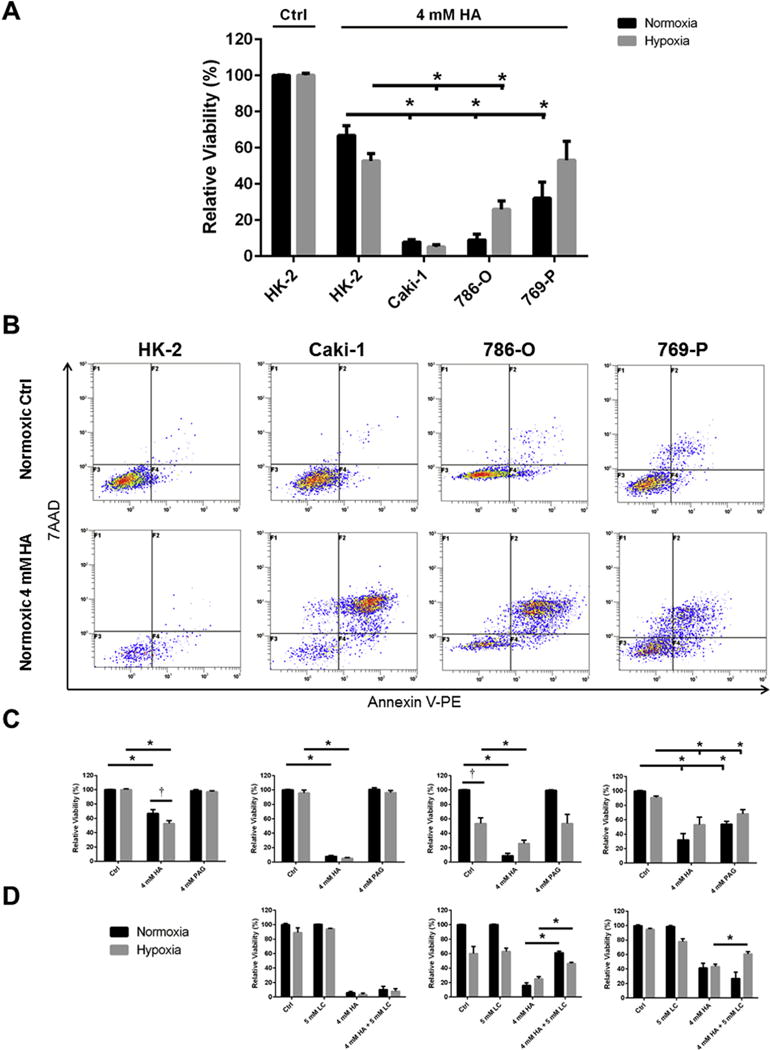Fig. 6. Inhibition of endogenous H2S production selectively kills ccRCC cells over non-malignant renal cells.

Cells were treated for 48 h with inhibitors of endogenous H2S production hydroxylamine (HA) and propargyl glycine (PAG) and/or the substrate for endogenous H2S production L-cysteine (LC) in normoxic (21% O2) or hypoxic (1% O2) growth conditions. Cell culture viability was determined via detection of Annexin-V-PE and 7AAD using flow cytometry and quantified relative to the untreated, normoxic cells within each experimental trial. Error bars represent standard error of the mean (SEM). Two-way ANOVA with Dunnett’s multiple comparisons test was used to asses significant differences between groups (i.e. normoxic control vs. hypoxia control; †; p < 0.05). Two-way ANOVA with Sidak’s multiple comparisons test was used to assess significant differences between treatments within groups (i.e. normoxic control vs. normoxic 4 mM HA; *; p < 0.05). (A) ccRCC cell lines are more susceptible to treatment with HA than non-malignant HK-2 cells, n = 6–9. (B) Representative flow cytometry dot plots illustrating changes in normoxic viability of cell lines following treatment with 4 mM HA, as quantified in (A). (C) Differential susceptibility of ccRCC cell lines to treatment with HA and PAG (HK-2, n = 6; Caki-1, n = 6–8; 786-O, n = 6–10; 769-P, n = 6–12). (D) VHL-deficient ccRCC cell lines treated with HA and LC simultaneously display attenuated declines in viability (Caki-1, n = 3–6; 786-O, n = 4–6; 769-P, n = 3–8).
